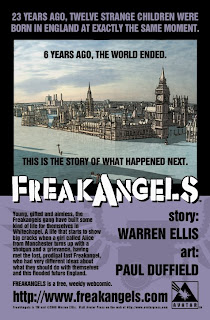i’m currently reading a book entitled
”desert father: a journey in the wilderness with saint anthony” by james cowan.
the book examines the motivations behind the men collectively referred to as “the desert fathers” and their pursuit of escape from the illusion of time and space in the desert. reading that after just finishing
edward abbey’s ”desert solitaire: a season in the wilderness” has made for a sandy escapist week of books!
perhaps it’s my englishness, perhaps it’s a feature of the legacy of my religious background, or perhaps it’s an unfulfilled wish that has to do with the needs of my soul as it hurtles along on its earthly trajectory. but i’ve long been drawn to the idea of a spiritual retreat, a freeing of the soul. the desert has often served as a place of retreat, with its apparent barrenness, its isolation, and its purity about which t.e. lawrence as portrayed in the film lawrence of arabia is famously cited as having uttered “it’s clean”.
through an obscure route, that brings me to today’s writing which is about monasteries - monasteries that are beautiful, albeit somewhat isolated.
the first is situated in
armenia, a country that can trace its settled history back to 1200 b.c.. named
haghartsin monastery, this lovely old building has provided sanctuary and stillness since the year 1281. the buildings associated with haghartsin were constructed between the 10th and 14th century under the auspices (and with the financial backing of) the
bagratid family who claimed to be descended from king david of the hebrew bible.

image courtesy the
armenian club.

next we visit the
meteora monasteries in
greece, my favourite among which is the varlaam monastery. astonishingly built into the side and top of an ancient rock pinnacle formed about 60 million years ago through a series of earth movements that pushed the seabed upwards, varlaam was originally inhabited by hermits, who lived in hollows and fissures in the rock towers, some of which reach 550 metres above the plain.

according to unesco who administer the meteora monasteries as a world heritage site, "the net in which intrepid pilgrims were hoisted up vertically alongside the 373-meter cliff where the varlaam monastery dominates the valley symbolizes the fragility of a traditional way of life that is threatened with extinction". i would add that it also describes a tremendous act of faith!
the current structures were established in the fourteenth century.

the last spot i’ll visit today is st george monastery in the wadi qilt. the wadi qilt is a long canyon stretching from the spring of ein farah, south of the jerusalem suburb of anata, down to jericho in the east. "wadi" is Arabic for a creek bed or ravine. the
wadi qilt is an extraordinary repository of history, both religious and secular.
among its many treasures is the extraordinary st. george monastery.
st. george monastery was built in the late 5th century a.d. by john of thebes. john became a hermit and moved here from egypt in 480 a.d. the monastery was named st. george after the most famous monk who lived at the site – gorgias of coziba. the persians destroyed the monastery in 614 a.d. the monastery was rebuilt during the crusader period by the emperor manuel I comnenus . sadly, it fell into disuse after the expulsion of the crusaders and it wasn’t until a greek monk named kalinikos restored the monastery between 1878 and 1901 that the monastery took up its original purpose as a focal point for a monastic brotherhood.
st. george monastery . . .

st. george monastery . . .

st. george monastery (image courtesy of
luminata) . . .

these monasteries reflect as much as anything the need for people to congregate while still espousing the need for a degree of isolation. although the
hermit eschews contact in honouring the desert spirituality of the old testament that promoted the practice of wandering fourty years in the desert to test the heart, there is something in the human spirit that requires the establishment of verity in personal practice in the broader social context of clusterings of people, like-minded or otherwise.
 using a phonautograph
using a phonautograph 

















































